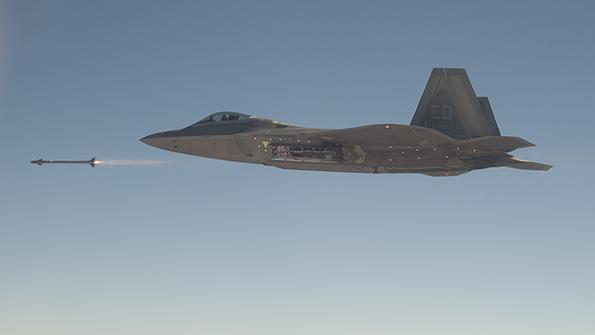
F-22 fires AIM-9X missile like the one used to down a Chinese balloon off the South Carolina coast.
Credit: USAF
A U.S. Air Force F-22 fired a single AIM-9X missile at 58,000 ft., downing a Chinese surveillance balloon off the coast of South Carolina on Feb. 4 that ended a three-day-long international saga. The F-22 from the 1st Fighter Wing at Joint Base Langley-Eustis, Virginia, hit the balloon, which was...
Subscription Required
This content requires a subscription to one of the Aviation Week Intelligence Network (AWIN) bundles.
Schedule a demo today to find out how you can access this content and similar content related to your area of the global aviation industry.
Already an AWIN subscriber? Login
Did you know? Aviation Week has won top honors multiple times in the Jesse H. Neal National Business Journalism Awards, the business-to-business media equivalent of the Pulitzer Prizes.



